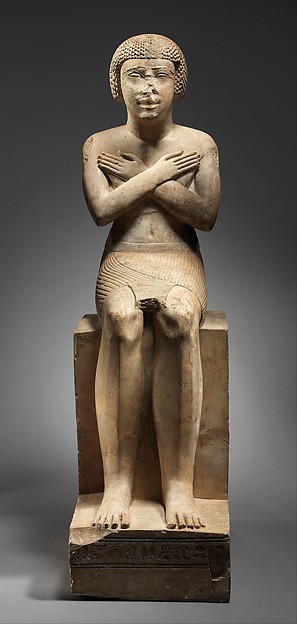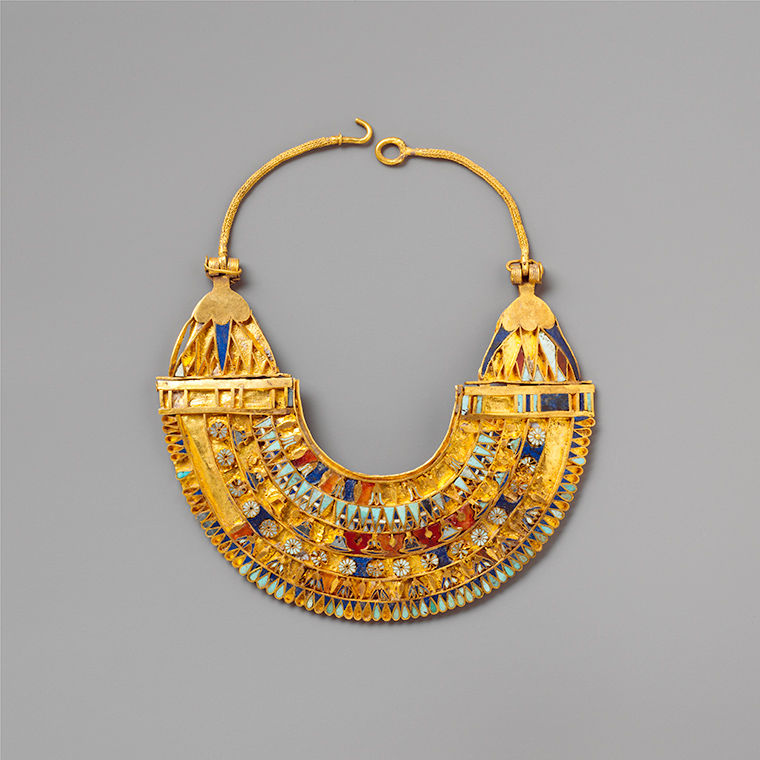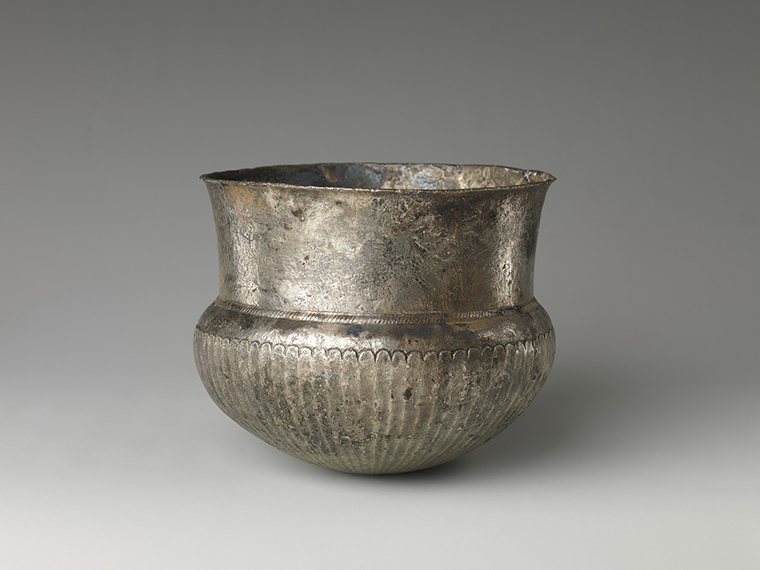Composed of four joining segments, this so-called magic rod is the only completely preserved example of its type. Perhaps related to the four "birthing bricks" arranged for the protection of mother and child during delivery, the rod was used to ward off harmful spirits. Some of the protective motifs—feline predators, crocodiles, toads, a turtle, wedjat eyes, and baboons with flaming torches—were also depicted on apotropaic wands and feeding cups, objects with the same defensive function.
Egypt came first, then history and civilization came. Egypt has one of the world's seven wonders of the pyramids. The Virgin Mary came to protect herself and her son. Egypt is the safest destination for tourism. My goal is to help foreigners learn my country’s history, come to Egypt, whatever your budget, and I will be your guide at no additional cost to you. booking with us. The goal is to service booking tours to Egypt. the best Nile cruise in Egypt. https://kingofegypttours.com
Thursday, 27 August 2020
Ointment Jar of Sithathoryunet Middle Kingdom.
Used by both men and women, cosmetics were an important part of ancient Egyptian beautification and the hoped-for rejuvenation of the dead. This vessel likely contained a salve or ointment for the skin. Although vessels of this shape were common during the Middle Kingdom, the use of obsidian rimmed with gold identifies them as royal possessions. They were apparently originally housed in a small box.
Stela of the Overseer of the Troops Intef.
 This imposing stela seems to be the only survivor from a group of nine that stood under a pillared portico in the tomb of Intef on the West Bank of the Nile, opposite modern Luxor. As overseer of the troops under Mentuhotep II, Intef must have been instrumental in the wars that resulted in the unification of the country during this king’s reign. His reward was an opulent tomb. The typical funerary scene depicts Intef seated before an offering table piled with food while receiving the homage of a son or brother. Below are funerary texts. The broad proportions of the well-muscled figure are typical of the middle of the Mentuhotep II era.
This imposing stela seems to be the only survivor from a group of nine that stood under a pillared portico in the tomb of Intef on the West Bank of the Nile, opposite modern Luxor. As overseer of the troops under Mentuhotep II, Intef must have been instrumental in the wars that resulted in the unification of the country during this king’s reign. His reward was an opulent tomb. The typical funerary scene depicts Intef seated before an offering table piled with food while receiving the homage of a son or brother. Below are funerary texts. The broad proportions of the well-muscled figure are typical of the middle of the Mentuhotep II era.
Stela of the Chief Treasurer and Royal Chamberlain Tjetji.

Middle Kingdom
Dynasty 11
Said to be from Egypt, Theban Region, Thebes
Medium:Limestone
The Trustees of the British Museum, London
Statue of the Steward Meri Seated Middle Kingdom.
 This statue is a three-dimensional example of the style known from reliefs of the early reign of Mentuhotep II, with a short upper body, high waist, long legs, and almond-shaped eyes with flaring cosmetic lines. Based on their similarity to a hieroglyph for “assemble,” the
This statue is a three-dimensional example of the style known from reliefs of the early reign of Mentuhotep II, with a short upper body, high waist, long legs, and almond-shaped eyes with flaring cosmetic lines. Based on their similarity to a hieroglyph for “assemble,” the
GOOD MORNING FROM EGYPT EGYPT READY NOW مصر مستنياك
GOOD MORNING FROM EGYPT EGYPT READY NOW مصر مستنياك http://kingofegypttours.com/ Egipto te espera http://kingofegypttours.com/ Egypt is wa...

-
Cairo is fan-shaped, narrowest in the south, where the river valley is wedged between desert escarpments, and widest in the north, where t...
-
Abu Simbel, the site of the two temples built by the Egyptian king Ramses II (reigned 1279-13 BC), which is now located in Aswan Govern...
-
GOOD MORNING FROM EGYPT EGYPT READY NOW مصر مستنياك http://kingofegypttours.com/ Egipto te espera http://kingofegypttours.com/ Egypt is wa...














